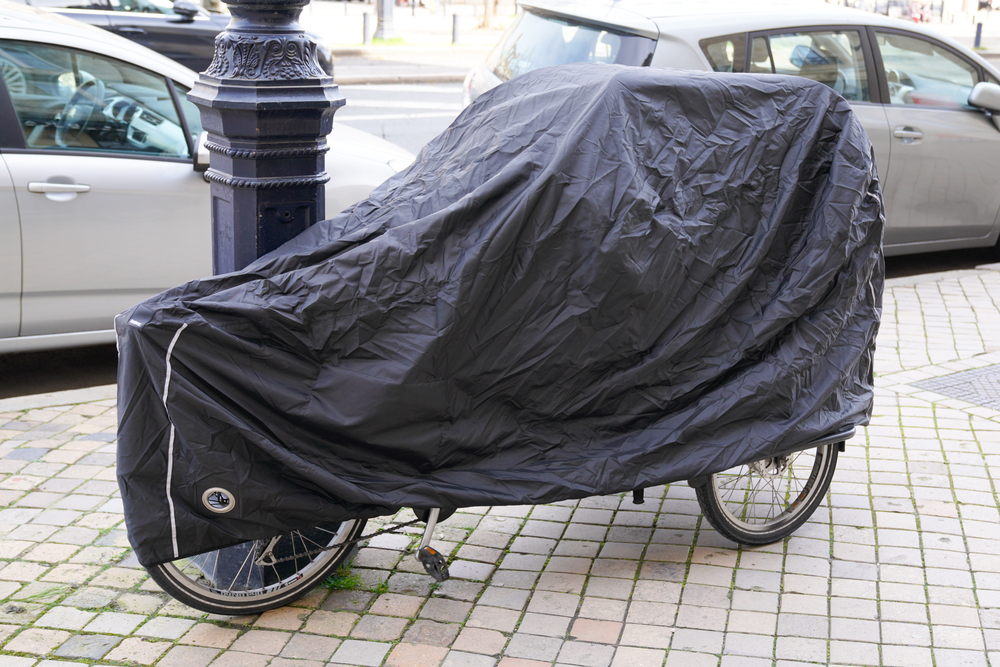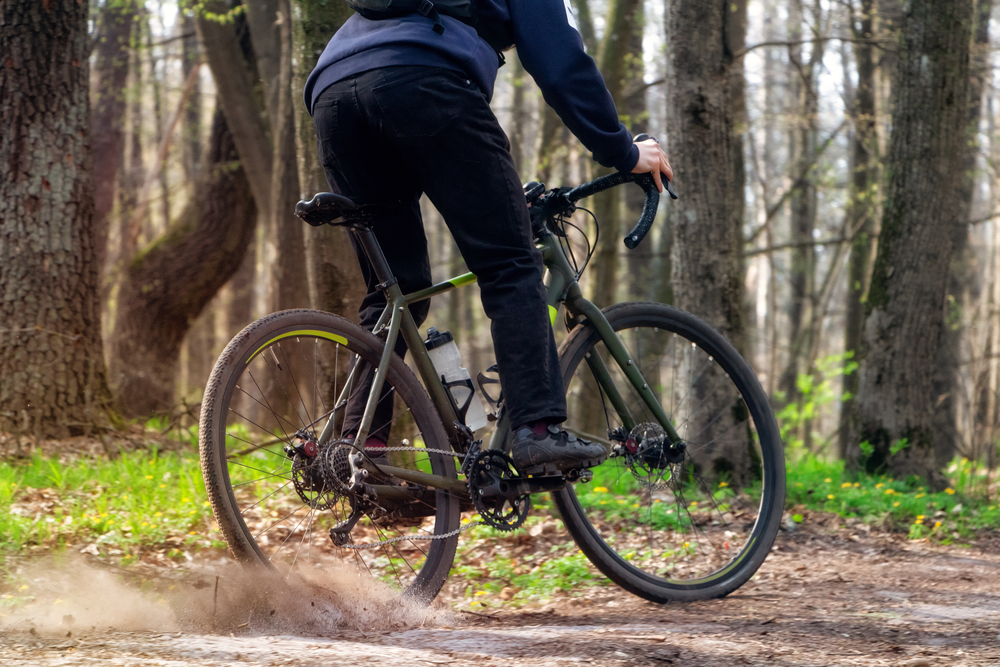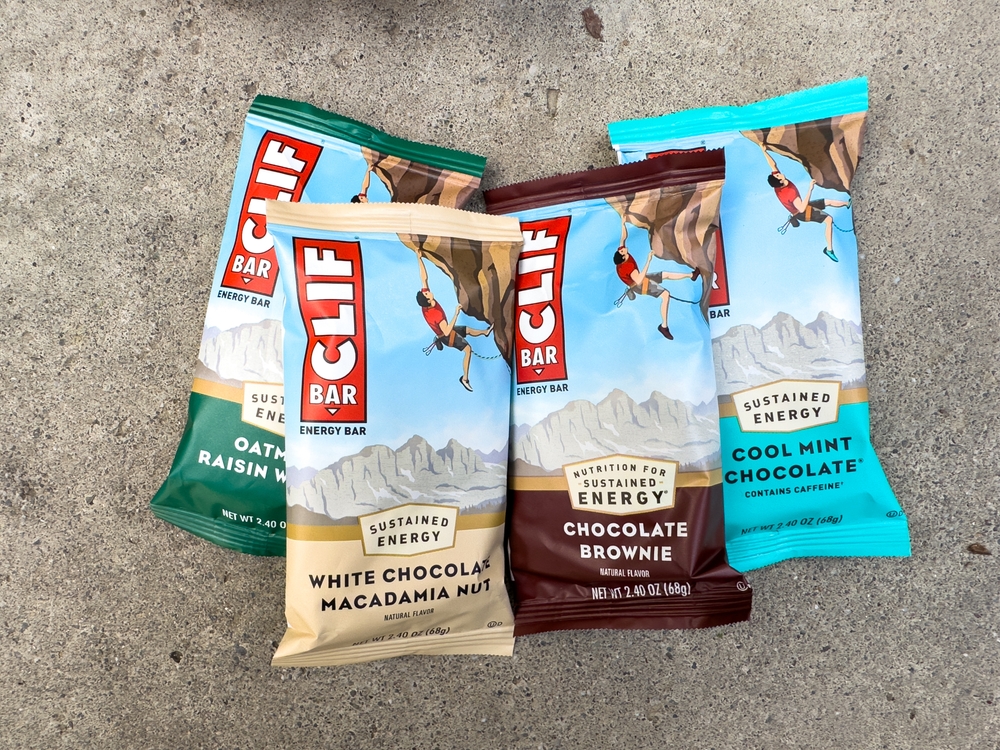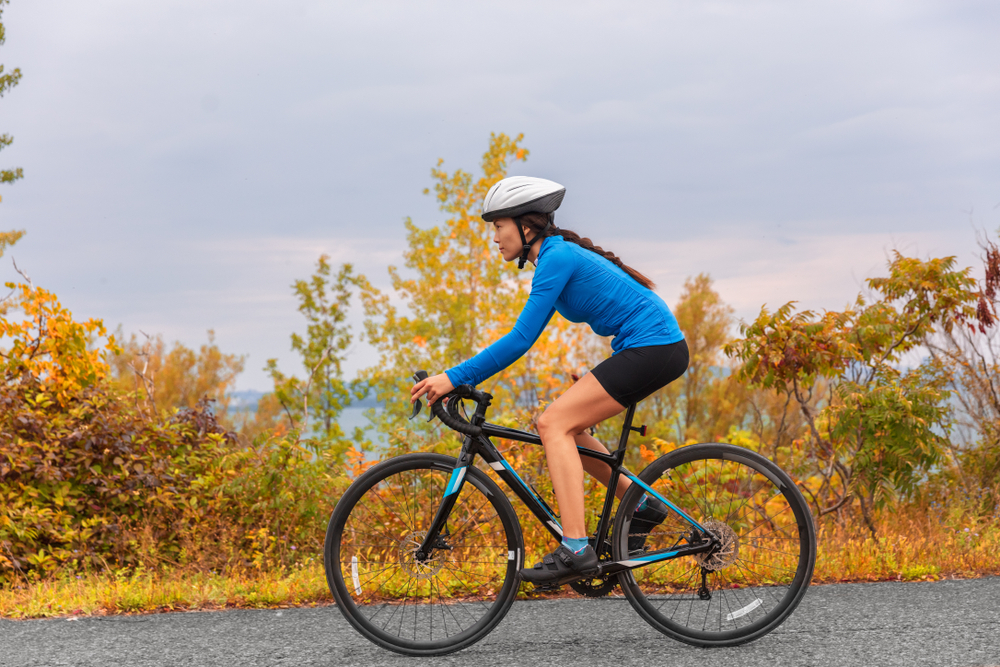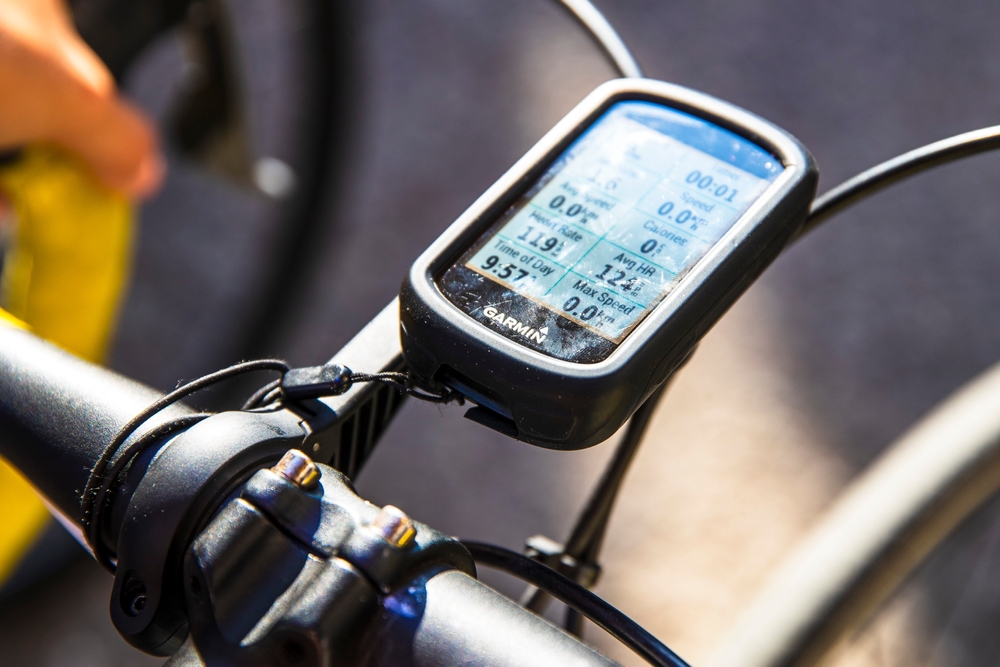What Kind of Bike Should I Get?
What Kind of Bike Should I Get?
Choosing the right bike can be intimidating. With so many options available, it’s crucial to identify your needs before making a purchase. This guide breaks down the different types of bikes available and helps you decide which bike suits you best.
Understanding Your Needs
The first step in choosing a bike is understanding how you plan to use it. Are you planning to ride primarily on roads, trails, or a mix of both? Will you be commuting, exercising, or exploring new places?
Commuting
- Road Bikes: Designed for speed and efficiency on paved roads. They have lightweight frames, narrow tires, and multiple gears. Ideal for long-distance rides on asphalt.
- Hybrid Bikes: Combine features of road bikes and mountain bikes. Suitable for commuting, casual riding, and light trail use. Feature flat handlebars and a more comfortable riding position.
- Electric Bikes (E-Bikes): Equipped with a battery-powered motor to assist with pedaling. Perfect for longer commutes, hilly areas, or reducing physical strain.
Recreational Use
- Cruiser Bikes: Built for comfort with wide, padded seats and upright handlebars. Excellent for leisurely rides around the neighborhood or along the beach.
- City Bikes: Lightweight and designed for short journeys through busy streets. Often include practical features like baskets and fenders.
- Folding Bikes: Compact and portable. Ideal for those who have limited storage space or need to combine cycling with public transport.
Off-Road and Adventure
- Mountain Bikes: Tough and durable, designed for rugged trails and steep terrain. Feature wide, knobby tires for better grip and suspension systems to handle rough ground.
- Gravel Bikes: Versatile bikes that handle a variety of surfaces. Ideal for long rides that include a mix of pavement, gravel, and dirt.
- Fat Bikes: Equipped with oversized tires to tackle snow, sand, and other challenging surfaces. Offer great stability and traction.
Types of Bike Frames
Bike frames come in different materials, each with strengths and weaknesses. Consider what’s most important to your riding style and budget.
- Aluminum: Lightweight and rust-resistant. Common in mid-range bikes. Stiffness provides efficient power transfer but can feel harsh on rough roads.
- Steel: Durable and strong. Known for a comfortable ride quality. Heavier than aluminum but absorbs shocks well.
- Carbon Fiber: Extremely lightweight and stiff. Offers excellent ride quality. More expensive and less durable if not properly maintained.
- Titanium: Combines the best features of steel and aluminum. Lightweight, strong, and corrosion-resistant. Often found in high-end bicycles.
Bike Sizes and Fit
A properly fitting bike is essential for comfort and efficiency. Factors to consider include frame size, saddle height, and handlebar position. Most bike shops offer fitting services to ensure optimal fit. Here are some general guidelines to determine the right size:
- Frame Size: Usually measured in inches or centimeters from the bottom bracket to the top of the seat tube. Corresponds to your height and inseam length.
- Saddle Height: Should allow for a slight bend in the knee when the pedal is at its lowest point.
- Reach: Distance from the saddle to the handlebars. Should feel comfortable without overreaching or feeling cramped.
Gear and Accessories
Once you have chosen a bike, having the right gear can make your rides more enjoyable and safe. Some essential accessories include:
- Helmet: A must for safety. Make sure it fits properly and meets safety standards.
- Lights: Front and rear lights increase visibility, especially in low-light conditions.
- Lock: Protects your bike from theft. Durable U-locks or chain locks are recommended.
- Pump: Keep your tires inflated to the correct pressure. Portable pumps are handy for on-the-go repairs.
- Bike Tools: Multi-tools can help with quick adjustments and minor repairs.
- Water Bottle and Cage: Stay hydrated during rides. Easy to attach to the frame.
Consider Your Budget
Bikes come in a wide range of prices. Determine how much you’re willing to spend, but remember that higher quality often comes with a higher price tag. Consider these general pricing categories:
- Entry-Level ($300-$500): Basic models suited for occasional use and short commutes. Limited features but functional.
- Mid-Range ($500-$1,500): Better components and materials. Suitable for regular riding, longer commutes, and light trail use.
- High-End ($1,500+): Premium materials like carbon fiber and advanced components. Ideal for serious cyclists and challenging terrains.
Test Ride and Research
Before making a final decision, test ride several bikes to see which one feels best. Research online reviews and ask for recommendations from friends or local bike shops. Knowledge is key for making an informed choice.

